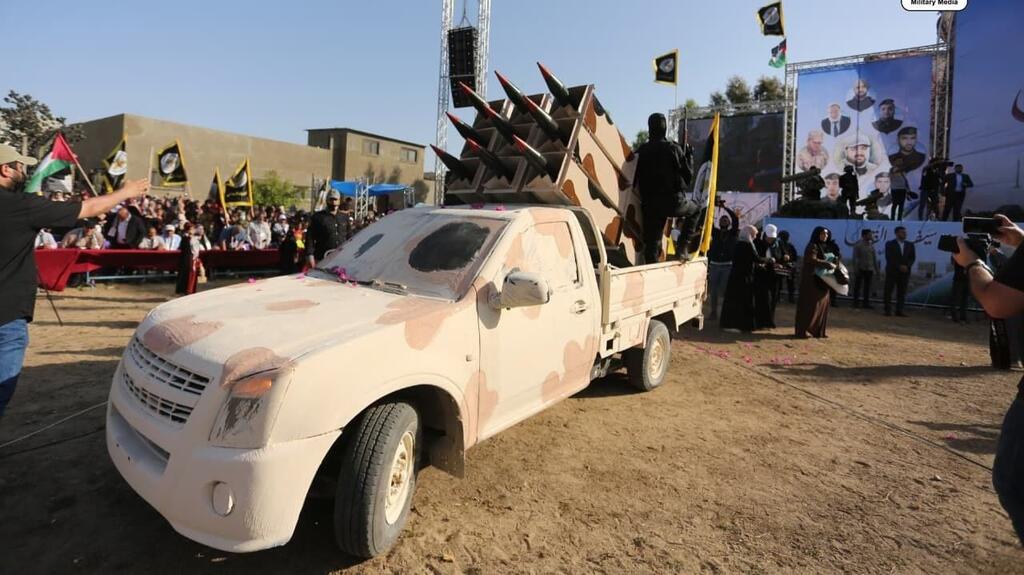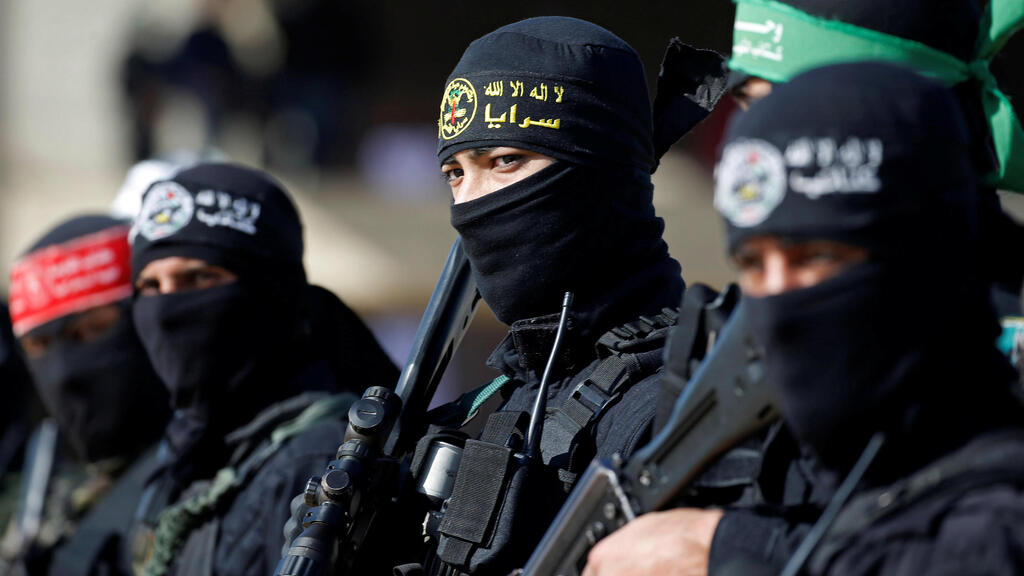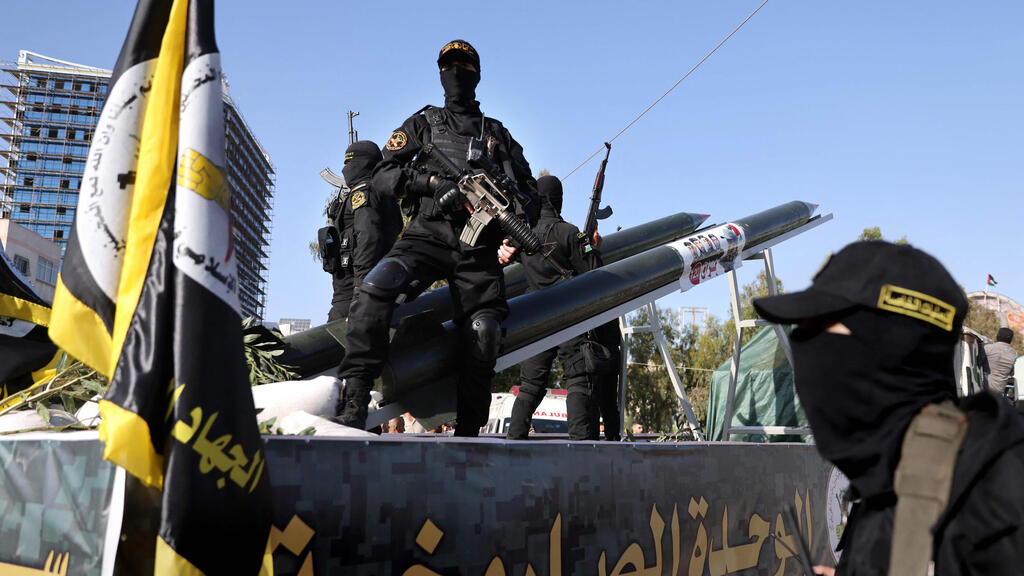For the masked gunmen in Jenin refugee camp, Israel's unannounced strike against Islamic Jihad in Gaza on Friday can have come as little surprise after months of clashes that have steadily lifted the profile of the Iran-backed militant group.
Firing into the air during a rally late last month to commemorate three young men killed 40 days earlier, they were admonished by a voice from the crowd which called out: "Save your ammunition for the black days that are coming!"
The weekend bombardment of Gaza by Israeli planes and the hundreds of rockets fired towards Israel from Gaza were the biggest cross-border confrontation in more than a year.
Israel focused its operation against Islamic Jihad, which it calls an Iranian proxy, while carefully avoiding a direct confrontation with the larger and more powerful Hamas group that rules the Gaza Strip.
But the conflict followed regular clashes in cities in the West Bank and was set off by the arrest in the town of Jenin of Bassam Al-Saadi, a senior leader of the movement.
Formally established in 1981 by Fathi Shiqaqi, a doctor, and other radicals, Islamic Jihad took root in the camps that dot Gaza and the nearby West Bank housing Palestinian refugees. Over the years, it has carried out a string of suicide bombings and gun attacks against Israelis, as well as rocket fire.
For the group, listed as a terrorist organization by the West, the Gaza bombardment imposed a heavy cost, with two senior commanders killed, while Hamas refused to do more than offer limited verbal support.
Islamic Jihad has refused any compromise with Israel and refused to take part in Palestinian Authority elections. But the fighting allowed it to strengthen its claim to be at the forefront of the fight against Israel, eight years after U.S.-brokered peace talks collapsed.
With the Palestinian Authority seen by many in the camps as out of touch and compromised by its relationship with Israel, the movement has offered young recruits a radical vision of resistance, unconstrained by the need to govern.
That sets it apart even from, Hamas, Israel's arch-enemy, whose responsibility for the daily lives of 2.3 million people in Gaza forces it to weigh carefully the risks of another war.
While the weekend's clashes were concentrated in Gaza, arrests of Islamic Jihad leaders in the West Bank have underscored the movement's strength in cities like Jenin and Nablus, suggesting there may be further fighting ahead.
So far this year, at least 400 people from Jenin have been arrested and 30 killed by Israeli forces, according to figures from the Palestine Prisoners Society, including some who were carrying out attacks in Israel.
"You can't find a collection of militant cells like the ones in Jenin anywhere else," said Michael Milshtein, a former official of COGAT, the Israeli military authority that oversees the West Bank. That was problematic for both Israel and the Palestinian Authority, he added.
Jenin drew world attention in May when Al Jazeera journalist Shireen Abu Akleh was killed while reporting on an army raid in its crowded refugee camp. But the scruffy northern town has a long tradition of resistance going back to the days of the prewar British mandate before the creation of Israel.
Israeli forces fought fierce battles in its warren of back streets during the Second Intifada, demolishing much of the camp. In recent months, clashes have been frequent but precise estimates of the group's strength are rare.
The CIA World Handbook said estimates last year ranged from 1,000 to several thousands. An Israeli military spokesman said Israel estimated the overall number of Islamic Jihad operatives at around 10,000.
Israeli officials say its Gaza airstrikes have cost the group significant rocket and anti-tank capabilities and undermined its command-and-control structures.
But Islamic Jihad spokesman Musab Al-Braim said the loss of its leaders could be absorbed and it controlled "the human element, the human miracle that can repair capabilities".
The gunmen parading at the Jenin rally in a square off the main street brandished a range of firearms including M-16 rifles and more up-to-date automatic weapons used by Israeli forces, occasionally firing them into the night sky.
Small and slightly built beneath their masks and camouflaged combat gear, many appeared to be no more than teenagers.




